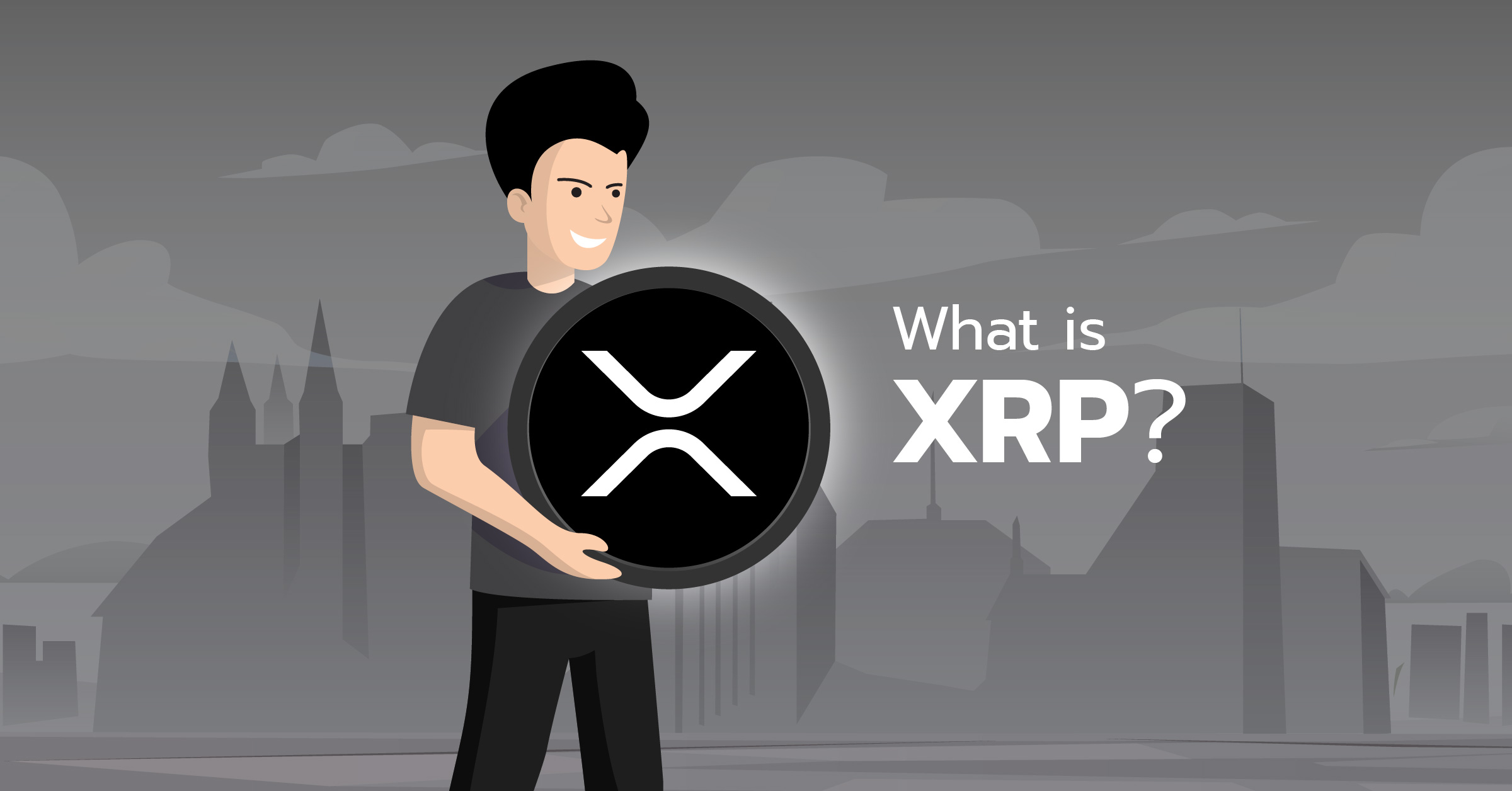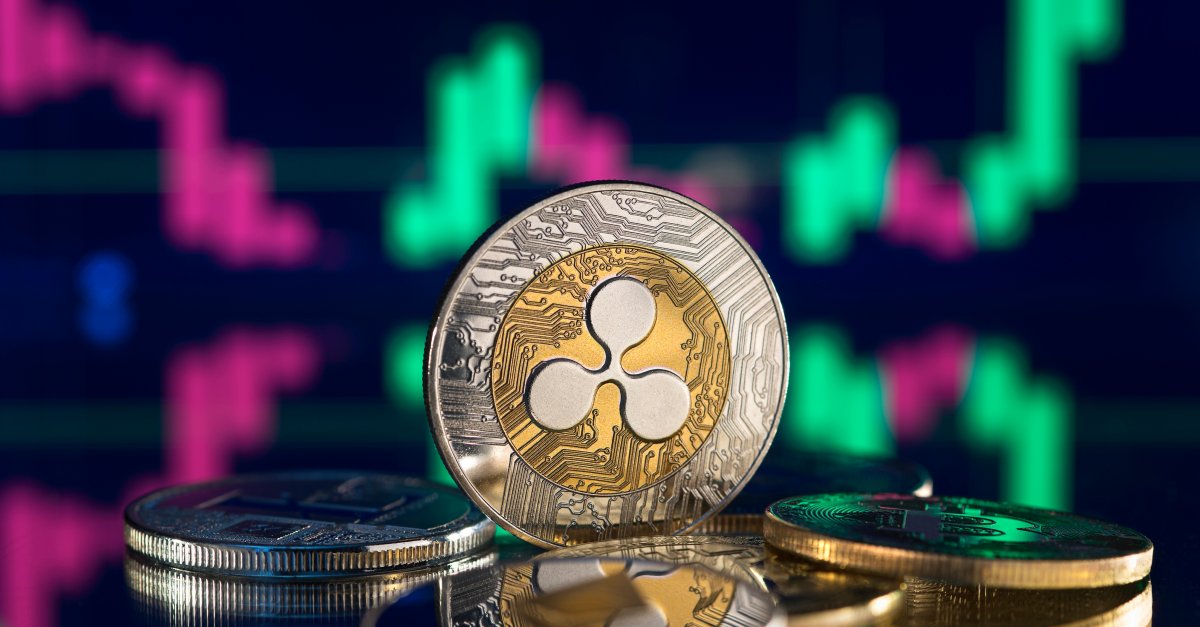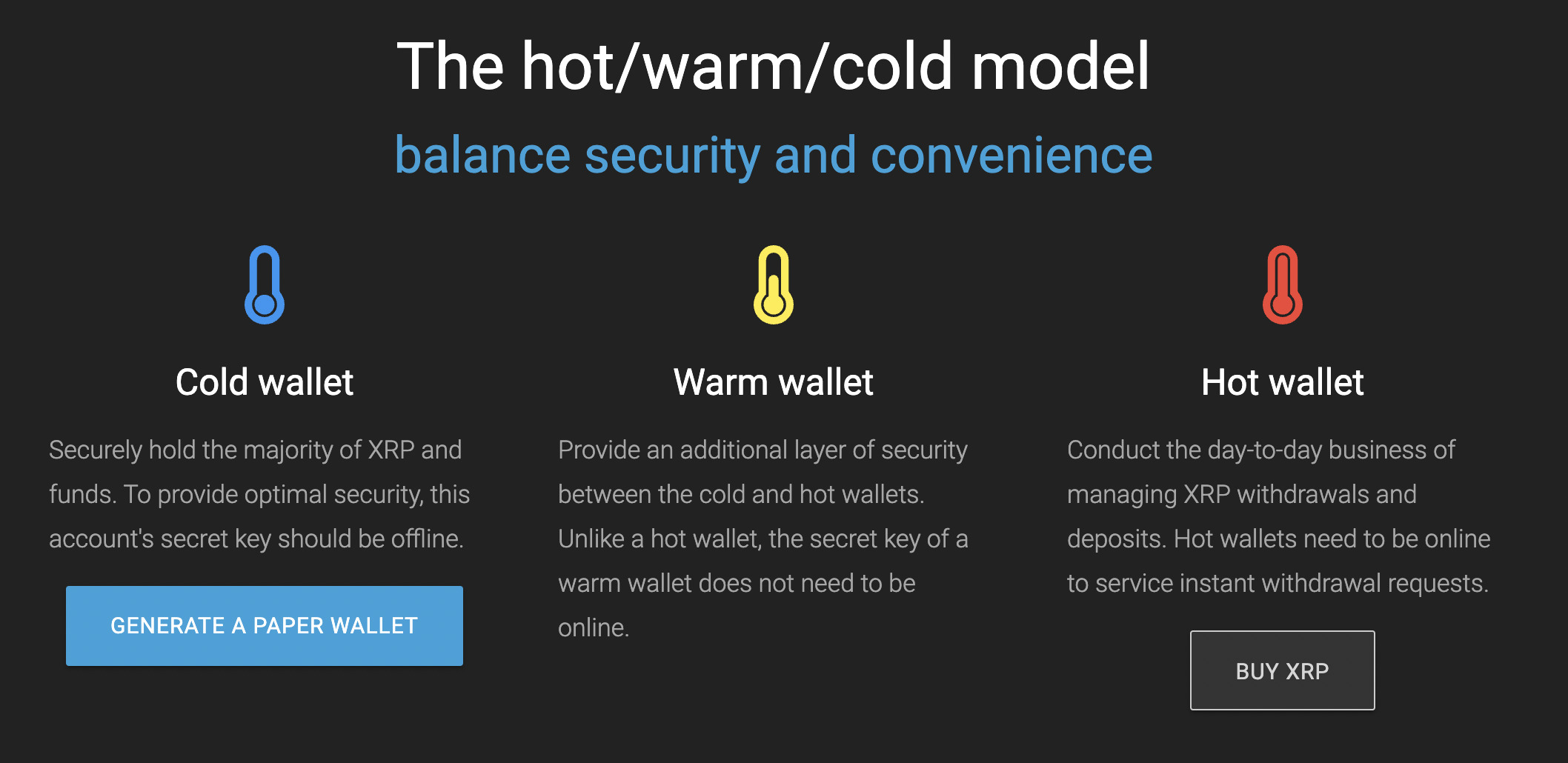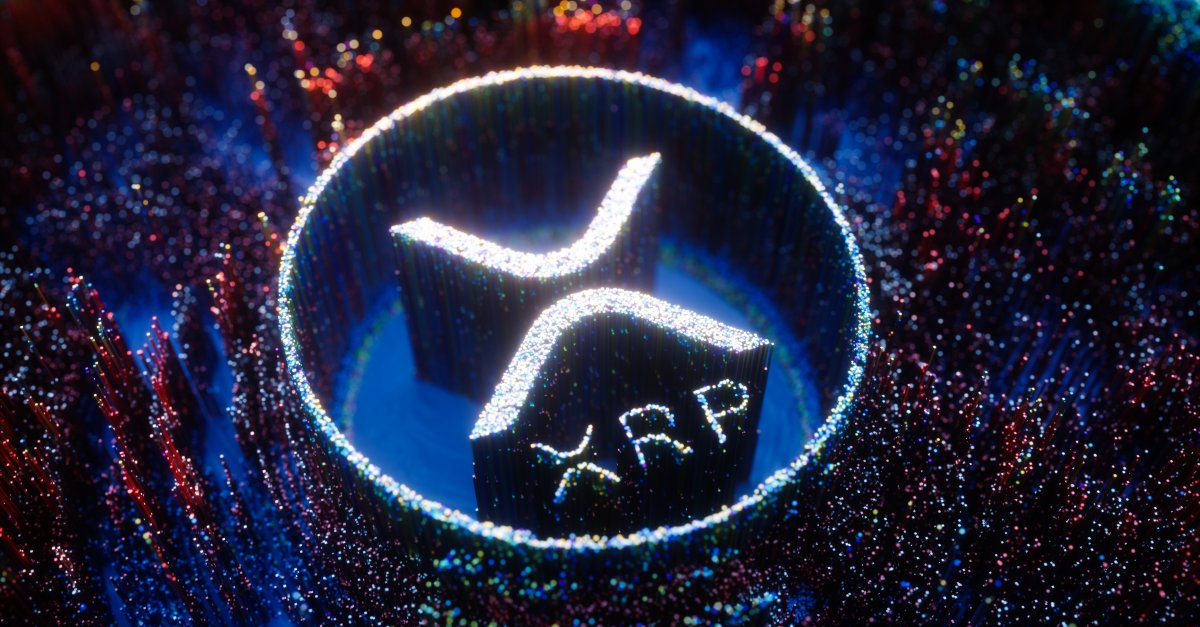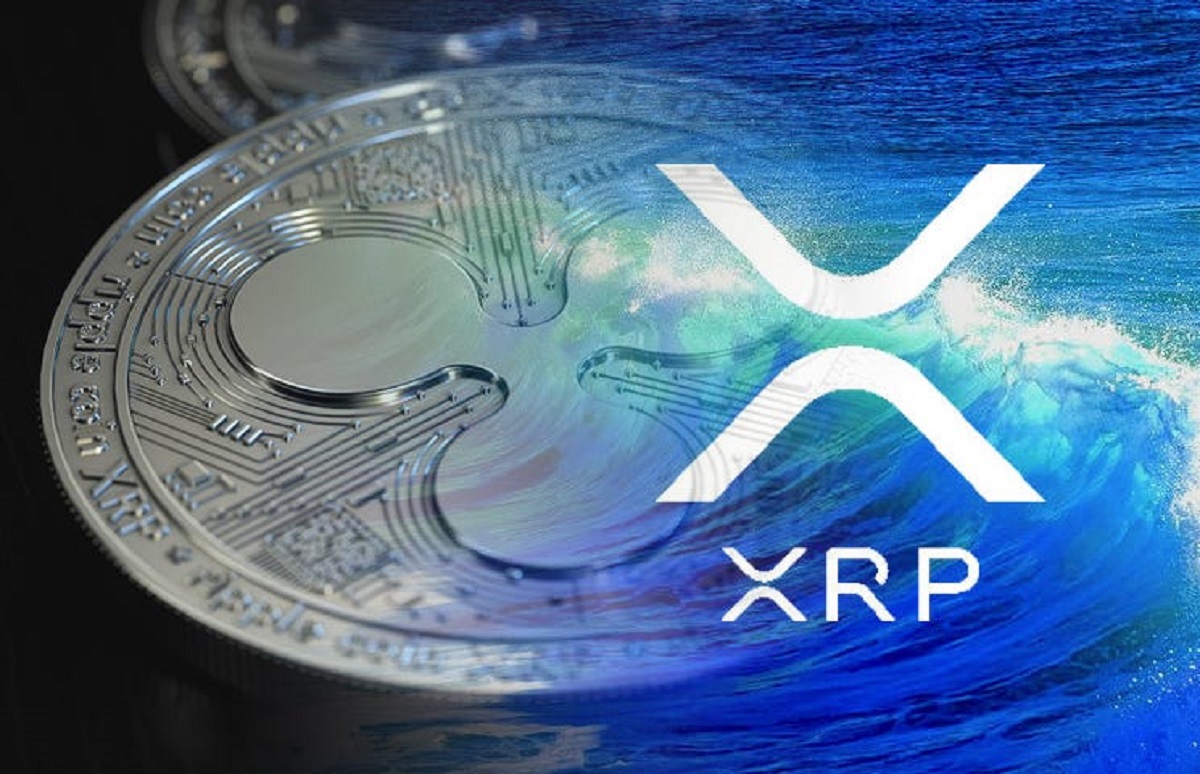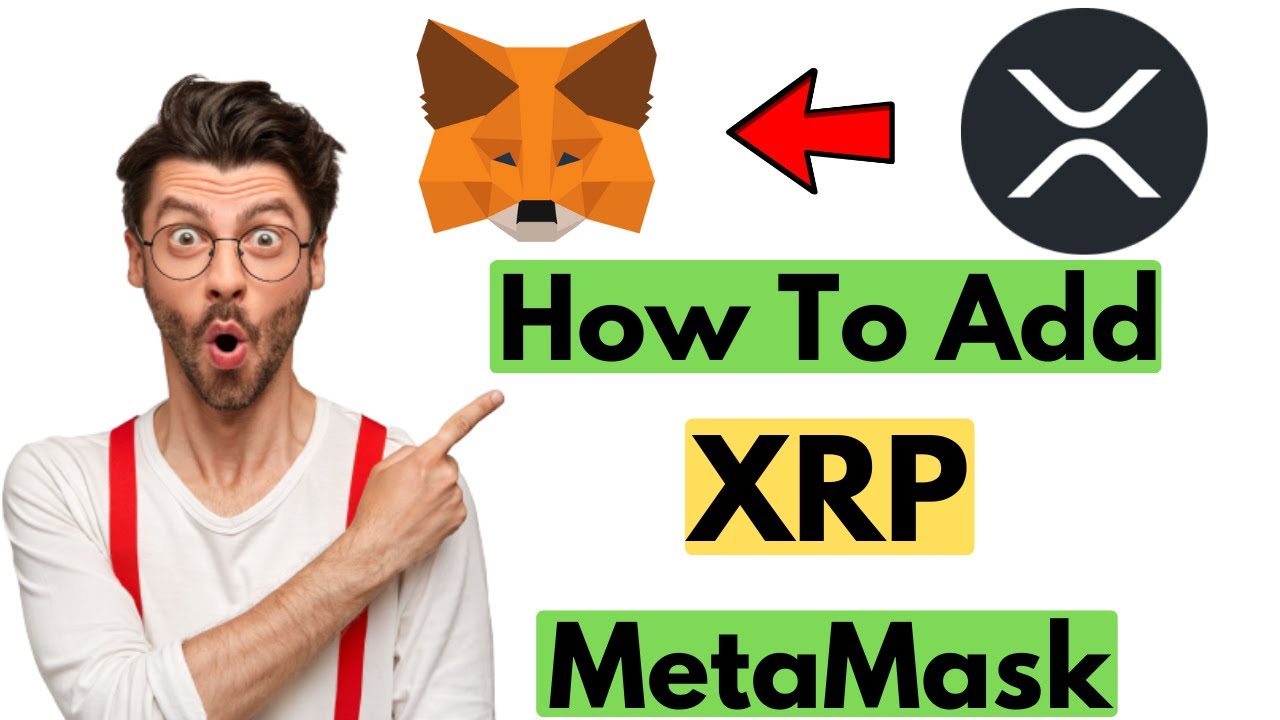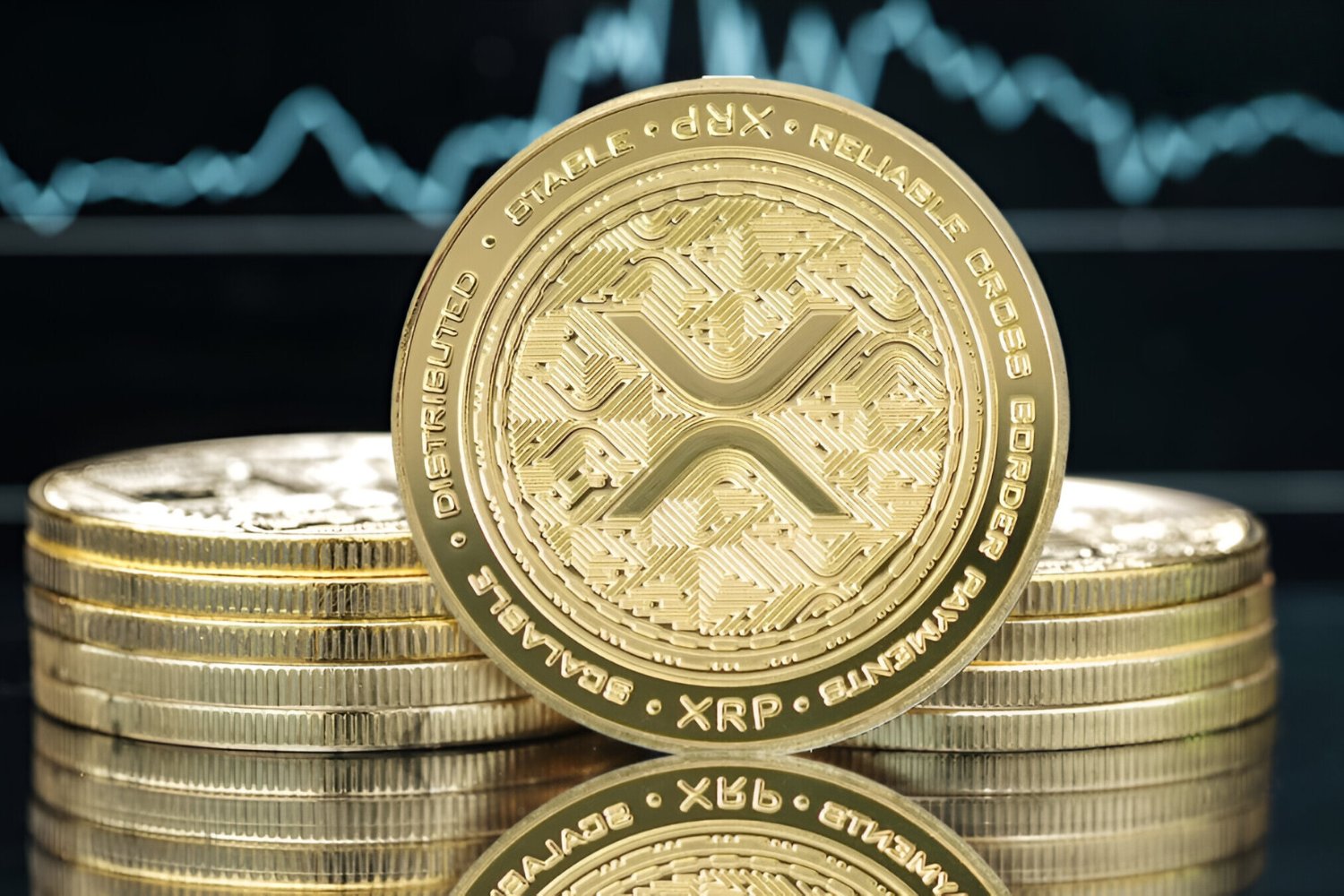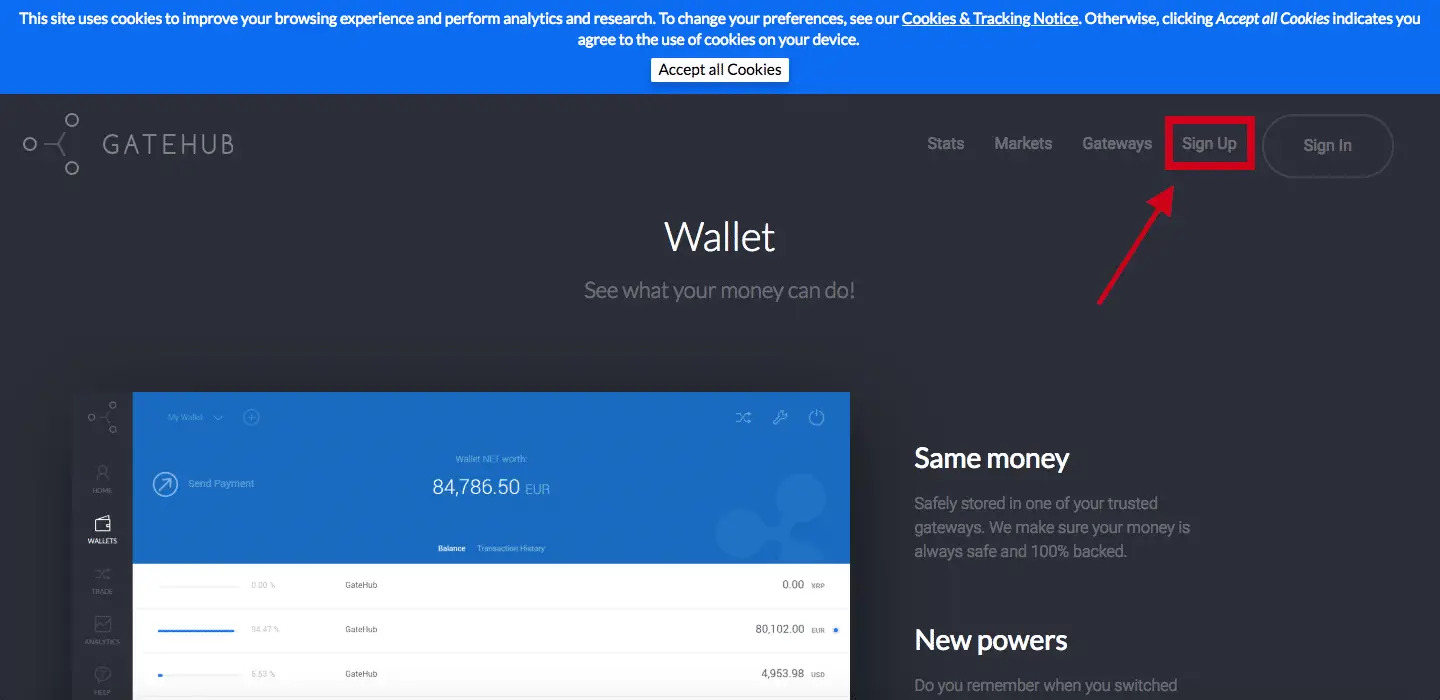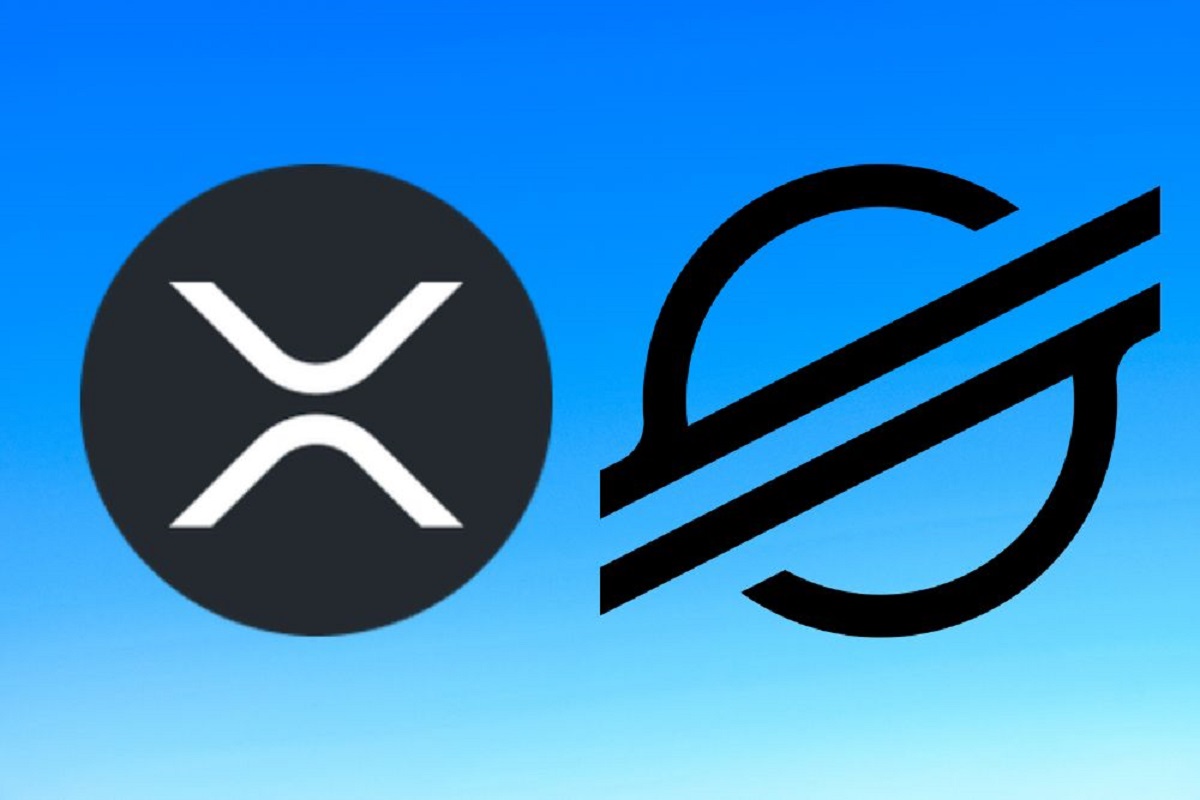Introduction
As technology continues to evolve, so does the world of finance. Cryptocurrencies have emerged as a groundbreaking innovation, disrupting traditional banking systems and revolutionizing the way we transact digitally. One such cryptocurrency that has gained significant attention and popularity is XRP.
In this article, we will explore the history, functionality, and use cases of XRP. We will also delve into the differences between XRP and Bitcoin, another well-known cryptocurrency, and discuss how XRP is utilized by Ripple, the company behind it. Furthermore, we will provide insights on how to purchase and securely store XRP, as well as highlight the regulatory considerations surrounding this digital asset.
Whether you are new to the world of cryptocurrencies or looking to expand your knowledge, this article aims to provide you with a comprehensive understanding of XRP and its significance in the ever-evolving financial landscape.
History of XRP
XRP, created by Ripple Labs, was launched in 2012 as a digital currency designed to enable fast and low-cost international money transfers. Originally, it was intended to be used as a bridge currency to facilitate the seamless exchange of different fiat currencies. However, over time, XRP has evolved to become its own independent cryptocurrency with a growing list of use cases.
Ripple Labs, founded in 2012 by Chris Larsen and Jed McCaleb, developed the XRP Ledger, which serves as the underlying technology for the XRP cryptocurrency. Ripple Labs’ vision was to provide financial institutions with a more efficient and cost-effective way to settle cross-border transactions. This vision quickly gained traction, and Ripple partnered with numerous banks and financial institutions worldwide.
Since its launch, XRP has experienced significant growth and recognition. In 2017, it saw a remarkable surge in value, becoming the second-largest cryptocurrency by market capitalization, second only to Bitcoin. This surge was fueled by the increasing adoption of Ripple’s technology and strategic partnerships with banks and payment providers around the globe.
Despite its success, XRP has not been without controversy. In late 2020, Ripple Labs faced legal scrutiny from the United States Securities and Exchange Commission (SEC) regarding whether XRP should be classified as a security. This legal battle had an impact on the value and market perception of XRP. However, it is worth noting that XRP’s function as a utility token is distinct from Ripple’s activities as a company, which adds complexity to the legal debate.
Looking ahead, XRP continues to evolve and adapt to the ever-changing landscape of cryptocurrencies and financial technology. Its potential to streamline cross-border transactions and provide liquidity solutions has attracted the attention of both financial institutions and individual investors worldwide.
What is XRP?
XRP is a cryptocurrency that functions on the XRP Ledger, a decentralized digital ledger powered by a network of validators. It serves as both a digital asset and a bridge currency for facilitating fast and cost-effective cross-border transactions. XRP was designed to address the inefficiencies and high costs associated with traditional money transfers.
Unlike most other cryptocurrencies, XRP does not rely on mining for its creation. Instead, all 100 billion XRP coins were pre-mined at its inception, with the majority held by Ripple Labs. This unique supply and distribution model enables faster transactions and reduces the environmental impact commonly associated with mining-based cryptocurrencies.
XRP’s key distinguishing feature is its speed and scalability. It has the potential to settle transactions within seconds, making it one of the fastest cryptocurrencies on the market. This rapid transaction processing time ensures near-instant fund transfers across borders, eliminating the need for intermediaries and reducing transaction costs.
The consensus algorithm used by XRP is called the XRP Ledger Consensus Protocol. It employs a different consensus mechanism known as the Ripple Protocol Consensus Algorithm (RPCA). This mechanism relies on a network of trusted validators to validate and authenticate transactions, ensuring the security and reliability of the XRP Ledger.
Additionally, XRP can be used as a liquidity solution for financial institutions. Through Ripple’s technology, called RippleNet, banks and payment providers can leverage XRP to facilitate on-demand liquidity and minimize the need for pre-funded nostro accounts. This innovative approach streamlines cross-border transactions and enables seamless fund transfers between different fiat currencies.
In summary, XRP is a digital currency that offers fast, scalable, and cost-effective cross-border transactions. Its unique design, along with its potential applications in the banking and financial industry, has made it a notable player in the world of cryptocurrencies.
How does XRP work?
XRP operates on the XRP Ledger, a decentralized blockchain network that enables the secure and efficient transfer of digital assets. The XRP Ledger utilizes a unique consensus algorithm called the Ripple Protocol Consensus Algorithm (RPCA) to validate and settle transactions.
At its core, XRP works by facilitating the transfer of value from one party to another. When a transaction is initiated, the XRP Ledger verifies the sender’s account balance and checks if sufficient funds are available. If the sender has enough XRP, the ledger deducts the specified amount from their account and marks it for transfer.
To ensure the integrity and security of the transaction, the XRP Ledger utilizes a network of trusted validators. These validators compare transaction details and confirm their validity. The RPCA consensus algorithm then ensures that a supermajority of validators agree on the order and validity of transactions, providing a level of trust and protection against double-spending.
One of the key advantages of XRP is its speed and scalability. Traditional banking systems often experience delays and high costs when it comes to cross-border transactions. XRP, on the other hand, enables near-instant settlements. It takes only a few seconds for an XRP transaction to be confirmed and added to the ledger, making it suitable for real-time payments and remittances.
Another notable feature of XRP is its low transaction fees. Compared to other cryptocurrencies and traditional financial systems, XRP transactions incur minimal fees. This cost-effectiveness is attributed to the XRP Ledger’s consensus mechanism and the absence of intermediaries in the transaction process.
Furthermore, XRP’s supply and stability are guaranteed by its predetermined total supply of 100 billion coins. Unlike Bitcoin, which becomes scarcer through mining, XRP’s fixed supply ensures non-inflationary characteristics. The supply of XRP gradually decreases over time, as small amounts are destroyed with each transaction to mitigate spam and ensure the integrity of the network.
In summary, XRP works by leveraging the XRP Ledger and the Ripple Protocol Consensus Algorithm to provide fast, secure, and cost-effective transactions. Its efficient validation process, speed, and scalability make it an attractive option for both individuals and financial institutions looking to streamline cross-border payments.
Differences between XRP and Bitcoin
XRP and Bitcoin are two prominent cryptocurrencies in the digital asset space, but they have fundamental differences in terms of purpose, technology, and functionality. Here are some key distinctions between XRP and Bitcoin:
- Purpose: XRP was created to serve as a bridge currency and facilitate fast cross-border transactions, particularly for financial institutions. Bitcoin, on the other hand, was designed as a decentralized digital currency for peer-to-peer transactions without the need for intermediaries.
- Technology: XRP operates on the XRP Ledger, which utilizes a consensus algorithm called the Ripple Protocol Consensus Algorithm (RPCA). Bitcoin, on the other hand, operates on a blockchain-based technology that relies on proof-of-work (PoW) consensus. This distinction contributes to differences in transaction speed, scalability, and energy consumption.
- Transaction Speed: XRP is known for its fast transaction processing times, typically settling within seconds. Bitcoin transactions, on the other hand, are slower due to the PoW consensus mechanism and block confirmation times, which can take several minutes or even longer during periods of high network congestion.
- Scalability: XRP has demonstrated better scalability compared to Bitcoin. XRP is capable of handling thousands of transactions per second, making it more suitable for high-volume and real-time payment systems. Bitcoin, on the other hand, has faced challenges with scalability as its network becomes congested during periods of heavy usage.
- Supply and Distribution: XRP has a pre-determined total supply of 100 billion coins, with the majority held by Ripple Labs. In contrast, Bitcoin has a limited supply of 21 million coins, and new coins are minted through mining. This difference in supply models impacts the inflationary characteristics and distribution of the two cryptocurrencies.
- Community and Adoption: Bitcoin has garnered widespread recognition and a large community of supporters since its inception in 2009. It is widely accepted as a form of payment by merchants and has become an investment asset class. XRP, while also gaining popularity, has focused more on building partnerships with financial institutions and focusing on its utility as a liquidity solution.
It’s important to note that XRP and Bitcoin serve different purposes and target different markets within the cryptocurrency ecosystem. While Bitcoin has positioned itself as a digital store of value and an alternative to traditional currencies, XRP’s primary focus is on enabling fast and cost-effective cross-border transactions for financial institutions.
Understanding these differences is crucial for investors, users, and businesses looking to leverage the unique characteristics and functionalities of each cryptocurrency.
Use cases for XRP
XRP has emerged as a versatile digital asset with several compelling use cases across various industries. Let’s explore some of the key applications for XRP:
- International Money Transfers: XRP’s main use case is facilitating fast and cost-effective cross-border transactions. Its ability to settle transactions within seconds provides significant advantages over traditional banking systems, which often take days to complete international transfers. By leveraging XRP, financial institutions and individuals can bypass intermediaries and reduce fees associated with currency conversions and international remittances.
- Liquidity Solution: Ripple, the company behind XRP, offers RippleNet, a global payments network that utilizes XRP as a liquidity solution. RippleNet enables financial institutions to access instant, on-demand liquidity without the need for maintaining pre-funded accounts in multiple currencies. This streamlined liquidity process reduces capital requirements for banks and payment providers, making it an attractive solution for cross-border payments.
- Microtransactions and IoT: XRP’s low transaction fees and high transaction speed make it suitable for microtransactions and Internet of Things (IoT) applications. With XRP, it becomes economically viable to transact small amounts, making it ideal for machine-to-machine payments, content monetization, and other IoT-based transactions.
- Tokenization and Asset Exchange: The XRP Ledger facilitates the issuing and usage of tokens, allowing individuals and businesses to tokenize assets such as real estate, commodities, and digital assets. XRP’s fast transaction settlement speed and low fees make it a compelling option for asset tokenization and swift asset exchange.
- Institutional Adoption: XRP has gained significant traction among financial institutions and banks. Ripple’s partnerships with numerous banks and payment providers facilitate the adoption of XRP as a settlement asset, improving the efficiency of cross-border transactions for these institutions. The potential for cost savings, increased transaction speed, and enhanced liquidity management further drives the institutional adoption of XRP.
These are just a few examples of the diverse use cases for XRP. As the cryptocurrency ecosystem continues to evolve, new applications and opportunities for XRP are likely to emerge, further solidifying its position as a valuable digital asset with real-world utility.
Ripple and XRP
Ripple is the technology company behind the development and promotion of XRP. While XRP and Ripple are closely associated, it’s important to understand their distinct roles and relationship within the cryptocurrency ecosystem.
Ripple’s primary goal is to provide innovative solutions for cross-border payments and financial institutions. It offers RippleNet, a network that enables secure, instant, and low-cost international transactions. XRP, on the other hand, serves as the digital asset and bridge currency within the Ripple ecosystem.
RippleNet utilizes XRP as a liquidity solution, allowing financial institutions to access on-demand liquidity and improve the efficiency of cross-border transactions. By utilizing XRP, banks and payment providers can transfer value across borders without the need for pre-funded nostro accounts, resulting in significant cost savings and enhanced liquidity management.
However, it is important to note that the use of XRP is not mandatory for participants of RippleNet. Financial institutions can choose to integrate Ripple’s technology without utilizing XRP for liquidity purposes. Ripple’s suite of products, including On-Demand Liquidity (ODL), offers flexibility for institutions to utilize XRP based on their specific requirements and preferences.
As a digital asset, XRP operates independently on the XRP Ledger, which is a decentralized blockchain-powered network. While Ripple Labs, the company, initially facilitated the development and distribution of XRP, the XRP Ledger and its native asset are now separate from Ripple’s operations.
Despite the distinction between Ripple and XRP, the success and adoption of Ripple’s technology can have a positive impact on XRP’s value and utility. Ripple’s partnerships with financial institutions, regulatory compliance efforts, and continued developments in cross-border payments contribute to the broader recognition and adoption of XRP.
It’s important to stay informed about both Ripple’s activities and the advancements of the XRP ecosystem to understand how they influence each other and the overall cryptocurrency landscape.
How to Buy and Store XRP
If you’re interested in buying and storing XRP, there are several steps to follow. Here’s a general guide to help you get started:
- Choose a Reliable Exchange: The first step is to choose a reputable cryptocurrency exchange that supports XRP. Some popular exchanges where you can buy XRP include Coinbase, Binance, Kraken, and Bitstamp. It’s important to research each exchange’s reliability, security measures, fees, and available trading pairs before making a decision.
- Create an Account: Once you’ve chosen an exchange, sign up and create an account. This usually involves providing your personal information and completing any verification processes required by the exchange.
- Fund Your Account: After setting up your account, deposit funds into your exchange wallet. Depending on the exchange, you may be able to deposit fiat currency (such as USD or EUR) directly or first purchase a major cryptocurrency like Bitcoin or Ethereum and then convert it to XRP.
- Place an Order: Once your account is funded, navigate to the trading section of the exchange and place an order to buy XRP. You can choose different order types, such as market orders or limit orders, depending on your trading preferences.
- Choose a Secure Wallet: After purchasing XRP, it’s essential to store your coins securely. While leaving your XRP on the exchange is an option, it’s generally recommended to transfer your coins to a secure wallet that gives you full control over your private keys. There are various types of wallets, including hardware wallets, software wallets, and mobile wallets.
- Set up and Secure Your Wallet: Follow the instructions provided by your chosen wallet provider to set up your XRP wallet. This typically involves generating a unique wallet address and securing your private keys. Remember to keep your private keys offline and store them in a safe place to prevent unauthorized access.
- Transfer XRP to Your Wallet: Once your wallet is set up and secured, initiate a withdrawal from the exchange to your wallet address. Double-check the accuracy of the recipient wallet address to avoid any mistakes. The XRP transfer usually takes only a few minutes to reflect in your wallet.
It’s important to note that the process may vary slightly depending on the exchange and wallet you choose. Always exercise caution when handling your XRP and ensure you are using reputable services to minimize the risk of fraudulent activity.
Lastly, remember to keep your wallet and backup information secure and regularly update your security measures to protect your XRP investment.
Regulatory Considerations for XRP
When investing in or utilizing XRP, it’s important to be aware of the regulatory landscape surrounding cryptocurrencies. Here are some key regulatory considerations for XRP:
- Legal Status: The legal status of cryptocurrencies, including XRP, varies from country to country. While some jurisdictions consider cryptocurrencies as legal and regulate their usage, others impose restrictions or have yet to establish comprehensive regulations. It’s essential to understand the legal framework and regulatory requirements in your jurisdiction before engaging with XRP.
- Securities Classification: XRP has faced scrutiny regarding its classification as a security. In late 2020, the United States Securities and Exchange Commission (SEC) filed a lawsuit against Ripple Labs, alleging that XRP should be classified as a security and that Ripple Labs conducted an unregistered securities offering. The outcome of this lawsuit may have significant implications for the regulatory treatment of XRP.
- AML and KYC Compliance: Anti-Money Laundering (AML) and Know Your Customer (KYC) regulations are commonly applicable to cryptocurrency exchanges and service providers. These regulations require exchanges to verify the identity of their users and monitor transactions for suspicious activities. When engaging with XRP, ensure that you comply with AML and KYC requirements to mitigate compliance risks.
- Tax Considerations: Cryptocurrency taxation is an area of increasing regulatory focus. In many jurisdictions, including the United States and several European countries, cryptocurrency transactions, including buying, selling, and using XRP, may trigger tax obligations. It’s advisable to consult with a tax professional or review the tax regulations in your jurisdiction to ensure compliance with tax obligations.
- International Regulations: If you plan to engage with XRP in an international context, it’s crucial to consider the regulatory landscape in both your home jurisdiction and any foreign jurisdictions involved. Different countries may have varying regulations and restrictions surrounding cryptocurrencies, cross-border transactions, and financial services.
Given the evolving nature of cryptocurrency regulations, it’s important to stay updated on regulatory developments and changes that may impact the usage, trading, and legal status of XRP in your specific jurisdiction. Consulting with legal and financial professionals well-versed in cryptocurrency regulations can provide valuable guidance and ensure compliance with applicable laws.
Conclusion
Throughout this article, we have explored the history, functionality, and use cases of XRP. XRP has positioned itself as a digital asset with a focus on fast and cost-effective cross-border transactions, making it an attractive option for individuals, financial institutions, and businesses.
We learned that XRP operates on the XRP Ledger, utilizing a unique consensus algorithm called the Ripple Protocol Consensus Algorithm (RPCA). This technology enables XRP to settle transactions within seconds, making it one of the fastest cryptocurrencies available.
XRP has demonstrated its value in various use cases, including international money transfers, liquidity solutions, microtransactions, and asset exchange. Its speed, scalability, and low transaction fees make it a compelling choice for individuals and financial institutions looking to streamline cross-border payments.
We also discussed the differences between XRP and Bitcoin, highlighting their distinct purposes, technologies, and applications. While both cryptocurrencies are influential in their own ways, XRP’s focus on transaction speed and liquidity solutions sets it apart from Bitcoin’s decentralized store of value concept.
Furthermore, we touched upon the relationship between Ripple and XRP, emphasizing that Ripple’s technology and XRP are separate entities. Ripple’s partnerships and initiatives contribute to the adoption and utility of XRP, particularly in the financial industry.
Lastly, we explored the regulatory considerations for XRP, emphasizing the need for individuals and businesses to understand and comply with the evolving legal landscape surrounding cryptocurrencies.
As the cryptocurrency ecosystem continues to evolve, XRP remains a significant player, offering innovative solutions for global payments and financial transactions.







